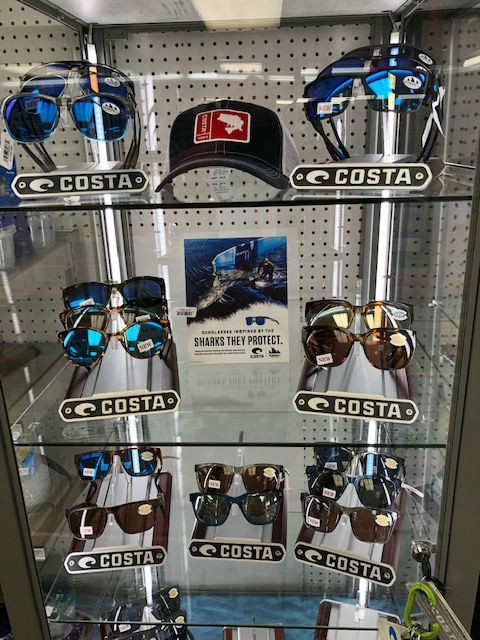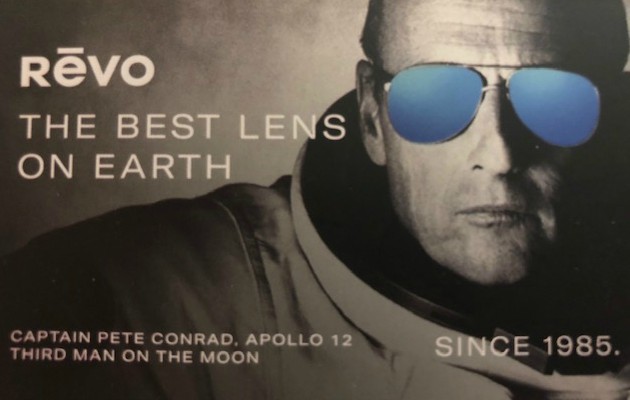Brands
Check out our most popular Brands!












Why Sunglasses You Ask?
Despite the fact that the sun is over 93 million miles away, its rays pose serious dangers to your eyes. The principal one being ultraviolet radiation, or for short, UV radiation. More and more scientific evidence is showing that exposure to both UV-A and UV-B can have damaging long and short term effects on your eyes and vision. A number of scientific studies and research have shown that exposure to even small amounts of UV-B over a period of many years contributes to the development of cataracts; pterigia (tissue growth on the surface of the eye); skin cancer around the eye; and can cause damage to the retina (macular degeneration), the nerve-rich lining of your eye that is used for seeing. Damage to the retina is usually not reversible. The longer your eyes are exposed to UV radiation, the greater the risk of developing conditions such as cataracts in later life. That’s why you should always wear quality sunglasses that offer good protection whenever you’re participating in any kind of outdoor activities. In order for sunglasses to provide adequate protection for your eyes, they should:
- Block out 99 to 100 percent of both UV-A and UV-B radiation;
- Screen out 75 to 90 percent of visible light;
- Have lenses perfectly matched in color and free of distortion and imperfection;



Sunglasses Terms – What Do They Mean?
We are frequently asked what some of the terms used in sunglasses descriptions, so we put together some answers to the hopefully guide you in the right direction.
You should always buy sunglasses with this feature. Both plastic and glass lenses absorb some UV light, but UV absorption can be improved by adding chemicals to the lens material during manufacturing or by applying special lens coatings. Shop for sunglasses that block 99 or 100% of all UV light. Some manufacturers’ labels say “UV absorption up to 400nm.” This is the same thing as 100% UV absorption.
Infrared wavelengths are invisible and produce heat. Sunlight has low levels of infrared rays, and the eye tolerates infrared well. Some sunglasses manufacturers make health claims for their products based on infrared protection, but research hasn’t shown a close connection between eye disease and infrared rays.
Lenses that block all blue light are usually amber and make your surroundings look yellow or orange. The tint makes distant objects appear more distinct, especially in snow or haze. For this reason, amber sunglasses are popular among skiers, hunters, boaters and pilots.
Polarized lenses cut reflected glare – sunlight that bounces off smooth surfaces like pavement or water. They can be particularly useful for driving and fishing. Polarization has nothing to do with UV light absorption, but many polarized lenses are now combined with a UV-blocking substance. These lenses are very soothing for eyes that are sensitive to glare, and are highly recommended.
Polarized lenses cut reflected glare – sunlight that bounces off smooth surfaces like pavement or water. They can be particularly useful for driving and fishing. Polarization has nothing to do with UV light absorption, but many polarized lenses are now combined with a UV-blocking substance. These lenses are very soothing for eyes that are sensitive to glare, and are highly recommended.
Wraparound glasses are shaped to keep light from shining in around the frames. Studies have shown that enough UV rays enter around ordinary eyeglass frames to reduce the benefits of protective lenses. Large-framed wraparound sunglasses help to protect your eyes from all angles.

